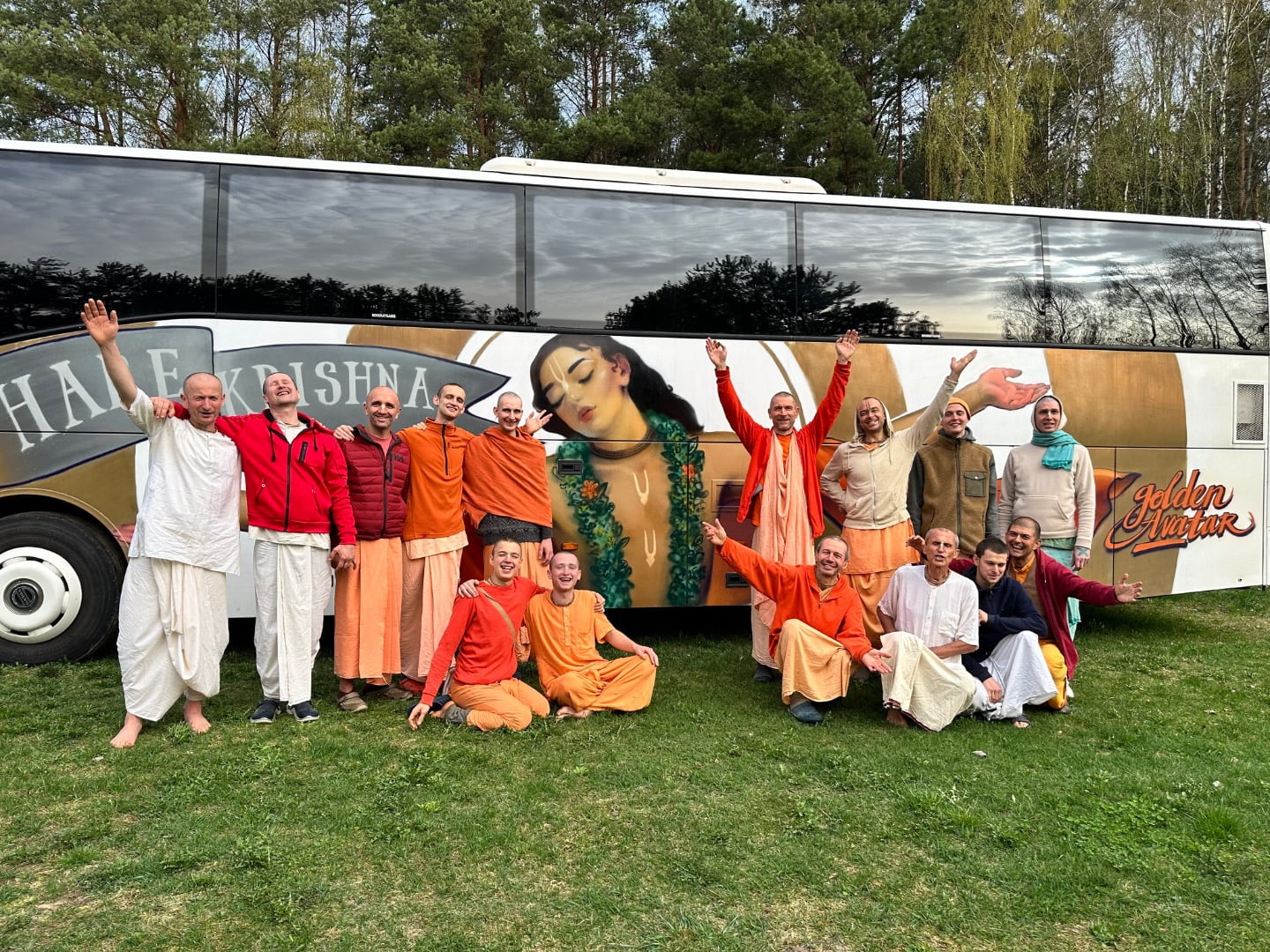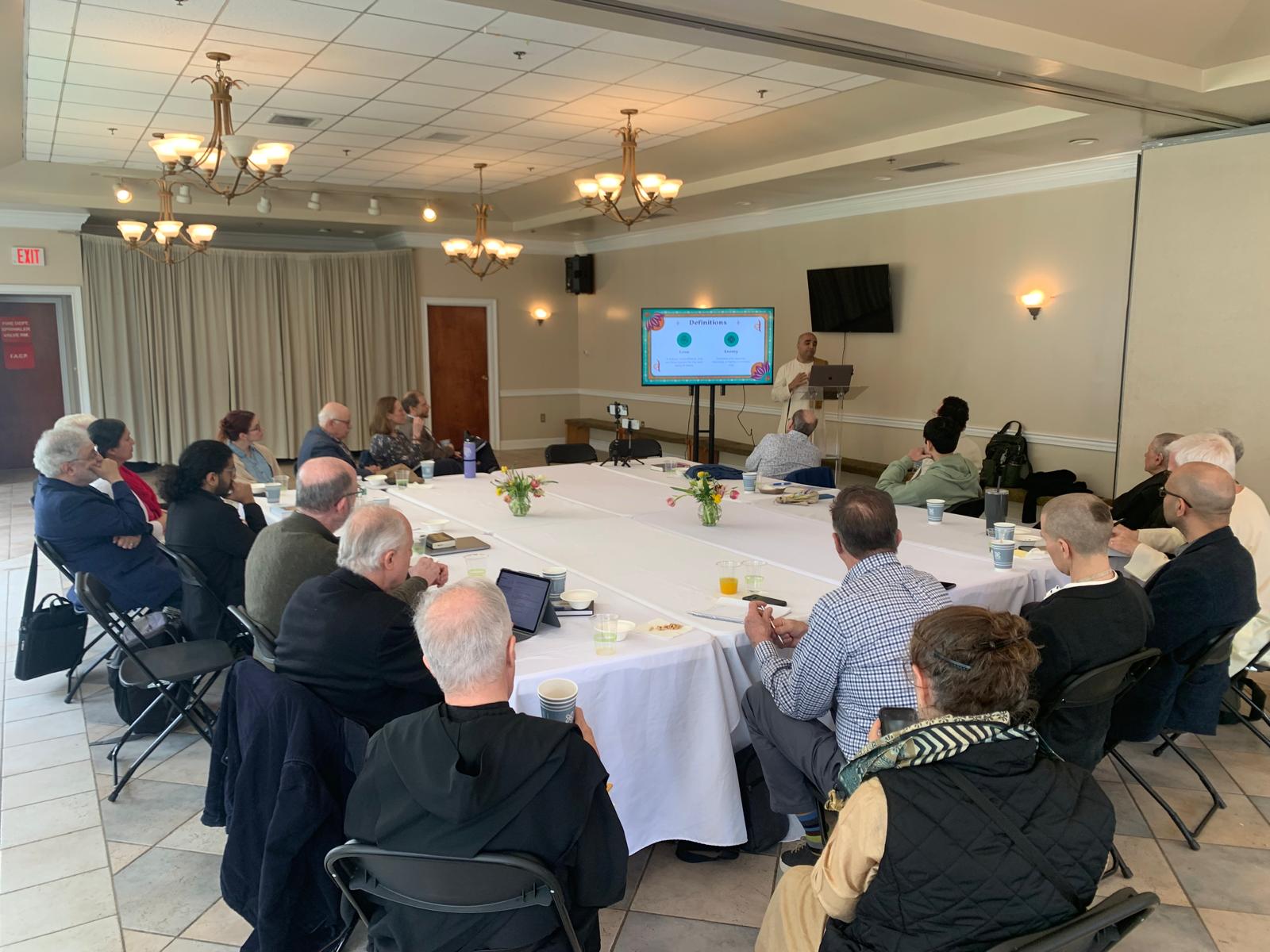The Brutality of Factory Farms: An Inside Look
By John Robbins | Aug 07, 2010

This past week, California Governor Arnold Schwarzenegger signed a bill that will essentially prohibit, starting in 2015, any egg from being sold in the state that comes from caged hens. This bill became law 20 months after a majority of California voters approved Proposition 2, making it clear that concern for the living conditions of livestock is no longer the province of animal rights activists alone.
Recognizing how widespread concern about the humane treatment of farm animals has become, the California Milk Advisory Board has recently ramped up its 10-year “Happy Cow” advertising campaign with a new series of ads proclaiming that “Great milk comes from Happy Cows. Happy Cows come from California.” These ads are now being shown across the nation.
Unfortunately, there are a few problems with the ads. For one, they weren’t filmed in California at all. They were filmed in Auckland, New Zealand.
And that’s just the tip of the iceberg.
Current Milk Board ads claim that 99 percent of the state’s dairy farms are family owned. But in order to arrive at this figure, they count as “dairy farms” rural households with one or two cows. Meanwhile, there are corporate-owned dairies in the San Joaquin Valley which have 15,000 or 20,000 cows. It is these far larger enterprises that produce the vast majority of California’s milk.
My concern, let me emphasize, is not with small-scale family farms. I have no problem with the many hard-working families who treat their cows well, take care of the land and try to bring a healthy product to market. My problem is with the much larger agribusiness enterprises, the factory farms to whom the animals in their care are nothing but sources of revenue.
Thanks to the practices they employ, the amount of milk produced yearly by the average California cow is nearly 3,000 pounds more than the national average.
This increased production may seem like a good thing, but it is achieved at great cost to the animals. The cows are routinely confined in extremely unnatural conditions, injected with hormones, fed antibiotics, and in general treated with all the compassion of four legged milk pumps. Roughly one third of California’s cows suffer from painful udder infections, and more than half suffer from other infections and illnesses.
Although genetically engineered bovine growth hormone is banned in many countries including Canada, Australia, New Zealand and much of the European Union, it is widely used in California’s largest dairy operations to increase milk production. Unfortunately, it also increases udder infections and lameness in the cows, markedly raises the amount of pus found in milk, and may increase the risk of cancer in consumers.
The natural lifespan of a dairy cow is about 25 years, but one-fourth of California’s dairy cows are slaughtered each year (typically at four or five years old), because they’ve become crippled from painful foot infections or calcium depletion, or simply because they can no longer produce the unnaturally high amounts of milk required of them.
The Milk Board ads present the California dairy industry as a bucolic enterprise that operates in lush, grassy pastures. Some of the ads employ the slogan “So much grass, so little time.” But California’s dairy industry is concentrated in the dry and barren Central Valley. Here, the cows are typically kept in overcrowded, dirt feedlots. Some never see a blade of grass in their entire lives.
The ads show calves in meadows talking happily to their mothers. But the calves born to California dairy cows typically spend only 24 hours with their mothers, and some do not even get that much. Here is a video that reveals what actually happens to the calves.
Watch the video and read more: http://www.huffingtonpost.com/john-robbins/the-brutality-of-factory_b_643567.html
To learn about steps you can take towards greater physical health, social conscience, and economic freedom, read my latest book The New Good Life: Living Better Than Ever in an Age of Less. For information about my work, and to sign up for my email-list, visit JohnRobbins.info.














